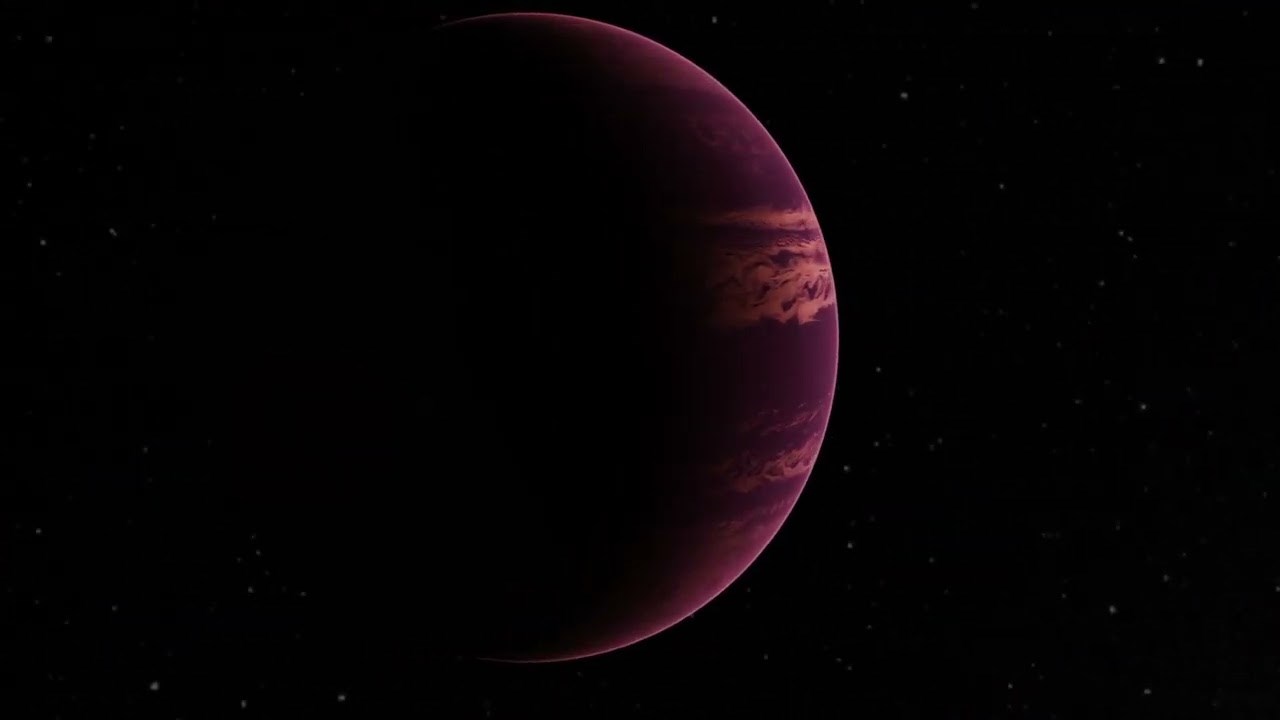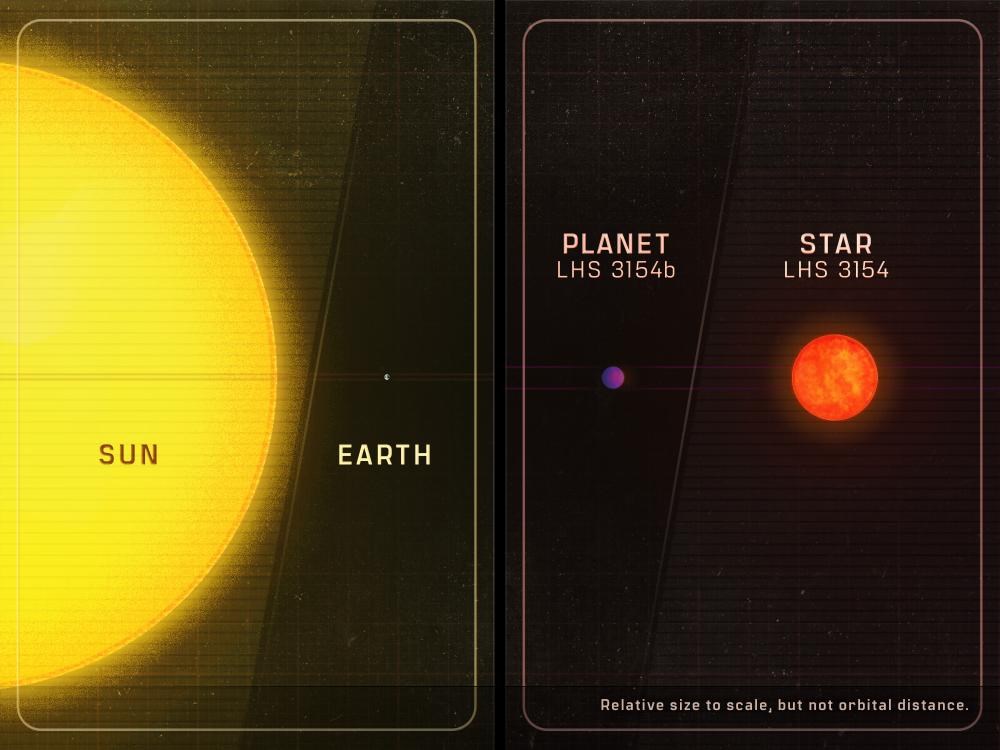 Astronomers have discovered a massive extrasolar planet, or “exoplanet,” orbiting an ultra-cool dwarf star that is too small to host such a world, challenging scientists’ models of how planets and planetary systems are born.
Astronomers have discovered a massive extrasolar planet, or “exoplanet,” orbiting an ultra-cool dwarf star that is too small to host such a world, challenging scientists’ models of how planets and planetary systems are born.The planet in question, called LHS 3154 b, is 13 times larger than Earth, roughly equivalent to the mass of the solar system’s ice giant Neptune. Despite its enormous size, it orbits a small M-class red dwarf star that has nine times less mass than the Sun.
It challenges the formation of systems
This means that the ratio between the Neptune-like planet and its parent star, LHS 3154, located about 51 light-years away, is 100 times greater than the mass ratio between Earth and the Sun, which researchers thought was not possible until now. Suvrath Mahadevan, co-author of the study and Verne M. Willaman Professor of Astronomy and Astrophysics at Penn State University, said in a statement: “This discovery reveals how little we know about the universe. We would not expect such a heavy planet to exist around such a low-mass star.”
Stars form when clouds of gas and dust collapse under their own gravity. When a baby star is born, they leave a protoplanetary disk around it. Emphasizing that the disc forming the planet around the detected star is not thought to have enough solid mass to form this planet, Mahadevan said, “But the planet (LHS 3154b) is there, so now we need to re-examine our understanding of how planets and stars form.” he said.
 The research team determined that LHS 3154 b has a planetary core so heavy that the protoplanetary disk from which it forms must be composed of large amounts of solid material. This indicates the existence of more matter than existing models. Therefore, the discovery of this special exoplanet also raises questions about the formation of stars. This is because the proportions of matter in the disk are ten times higher than those predicted to give rise to a planet as large as LHS 3154 b.
The research team determined that LHS 3154 b has a planetary core so heavy that the protoplanetary disk from which it forms must be composed of large amounts of solid material. This indicates the existence of more matter than existing models. Therefore, the discovery of this special exoplanet also raises questions about the formation of stars. This is because the proportions of matter in the disk are ten times higher than those predicted to give rise to a planet as large as LHS 3154 b.This strange planet was examined with HPF
The research team detected exoplanet LHS 3154 b using the Habitable Zone Planet Finder (HPF), an astronomical spectrograph on the Hobby-Eberly Telescope at McDonald Observatory. HPF was designed to detect exoplanets orbiting some of the coldest stars in the Milky Way.
HPF’s particular focus is on finding planets that are neither too close nor too far from their stars to host liquid water, one of life’s basic requirements. These mean planets located in the so-called habitable zone around their stars.
However, detecting such planets is not easy. Because the habitable zone of dwarf red cold stars, which make up most of the stars in our galaxy, is much closer to the main star in the system. This means that these planets are often obscured by the light from their relatively small parent stars. And in addition, these planets themselves are expected to be small, making them difficult to detect. However, ultimately, this closeness results in a small change in the spectrum of the star’s light. These changes can also be detected with HPF.